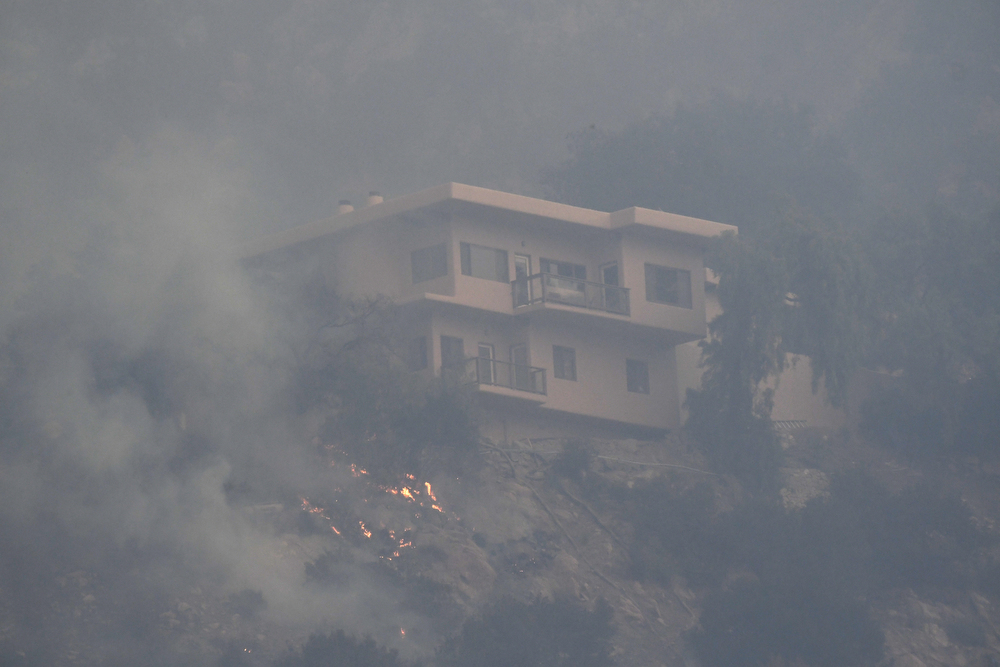Jackson’s Wildfire Risk Bill Gains Traction

Six months after California’s most destructive wildfire, the 2018 Camp Fire, the California Senate passed a bill on Wednesday, May 29, that would create tighter safety regulations for housing in areas at high risk for wildfire, now passing the bill to the Assembly for a vote. But some housing development groups see the bill as not doing enough to solve the issue or as an unnecessary block to housing development.
Senate Bill 182, authored by Santa Barbara State Senator Hannah-Beth Jackson, aims to reduce the vulnerability of current and future housing structures to fire disaster by updating planning requirements, modifying existing structures, and “reducing development pressure in high-fire risk areas without compromising on regional housing goals,” according to Jackson’s press release.
The legislation would pass the buck to local governments to create strategies to mitigate the vulnerability of housing in high-fire-risk zones. Jackson said that was because “our local communities understand what the risks are better” when it came to wildfires. The bill would require local governments with areas of high fire risk to review and implement policies “relating to the protection of lives and property from unreasonable risk of wildfire,” according to the bill. Although SB 182 in itself would not necessarily be retroactive, local governments could enact their own standards for housing that require older units to be retrofitted to meet newer standards. While the bill aims to reduce housing development in high-fire-risk areas, Jackson said it “can’t tell people not to build on their property.” However, stricter safety regulations created through the bill could dissuade developers from high fire risk areas.
The bill would also call on state offices, including the Office of the State Fire Marshal and Office of Planning and Research, to update the maps showing high-fire-severity zones and create systems for enforcing standards for “wildfire risk reduction.”
The California Building Industry Association (CBIA) opposes the bill, calling SB 182 a “housing killer” and legislation that “is simply a solution in search of a problem,” according to a letter from CBIA to a chairperson in the Senate Governance and Finance Committee. CBIA holds that current housing requirements are adequate in protecting homes from wildfires, citing that “new homes (particularly those built after 2014) have performed the best against the threat of wildfires while older homes have been almost exclusively the victims of wildfires.” The bill’s stricter housing regulations would only create additional hurdles in California’s struggle for housing, according to the builders’ group.
Bryant Baker, conservation director at Los Padres ForestWatch, believes SB 182 is “a step in the right direction.” Though more progress can be made, he said that starting the conversation around reducing development in high-fire-risk zones and retrofitting houses with newer fire-safe technology is an important step. But, he said, communities could also benefit from the state taking a larger role in creating “more stringent regulations” for home fire safety and allocating money specifically for retrofitting homes with newer fire-safe technology.



